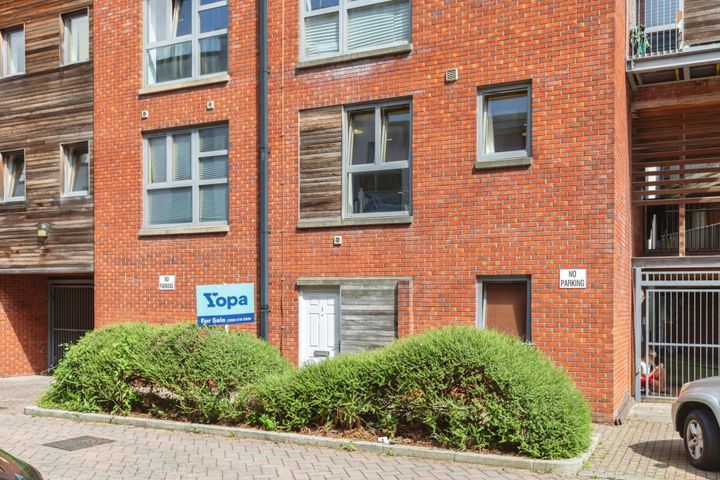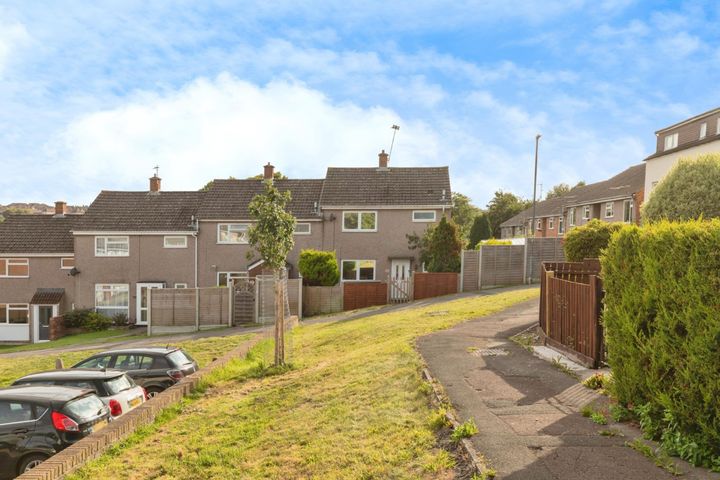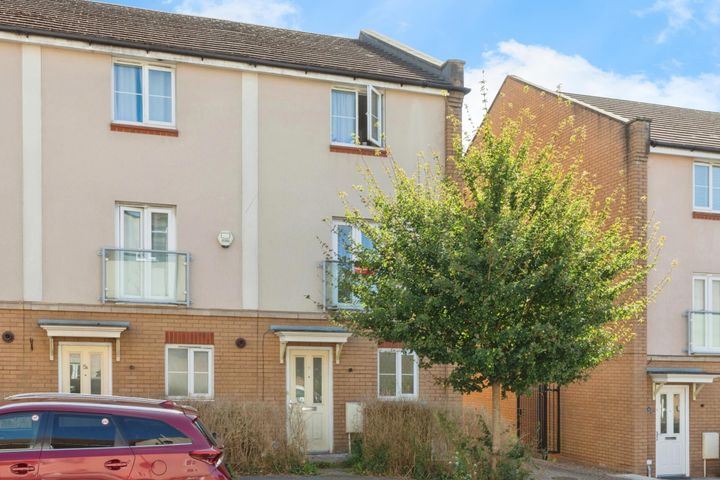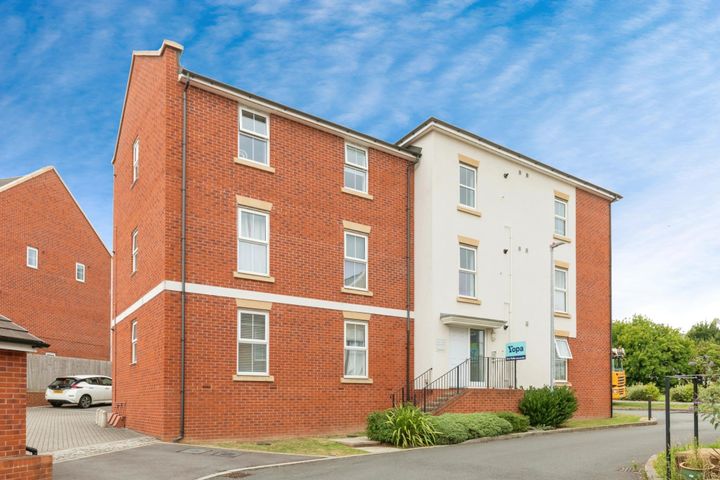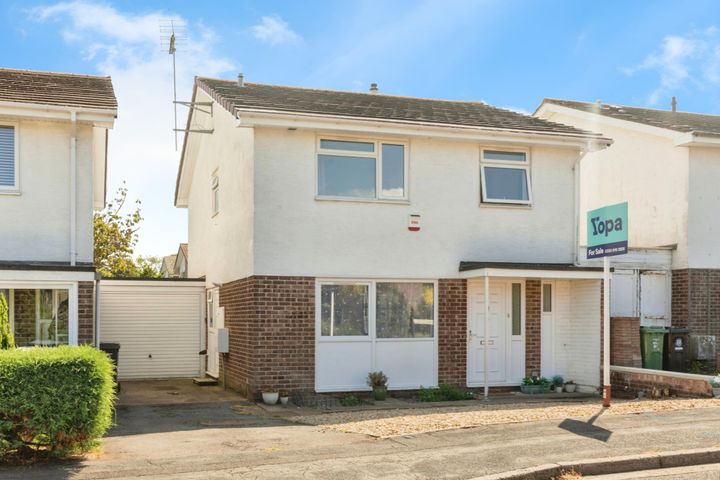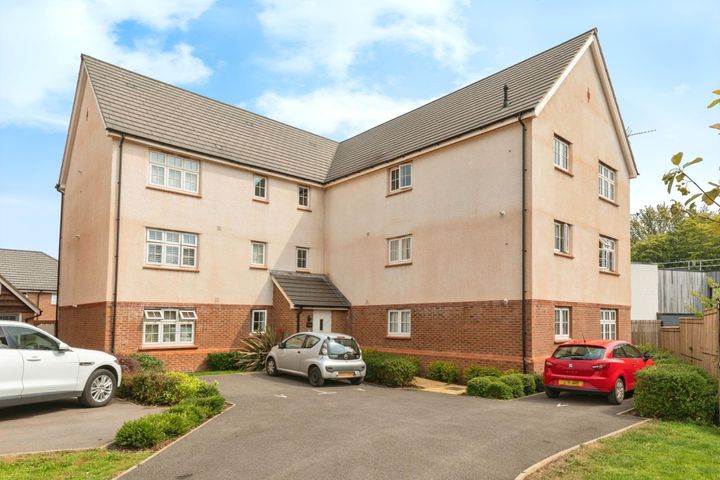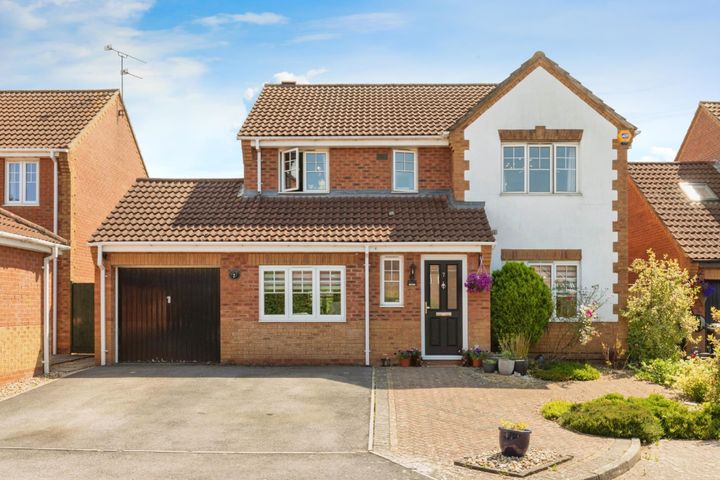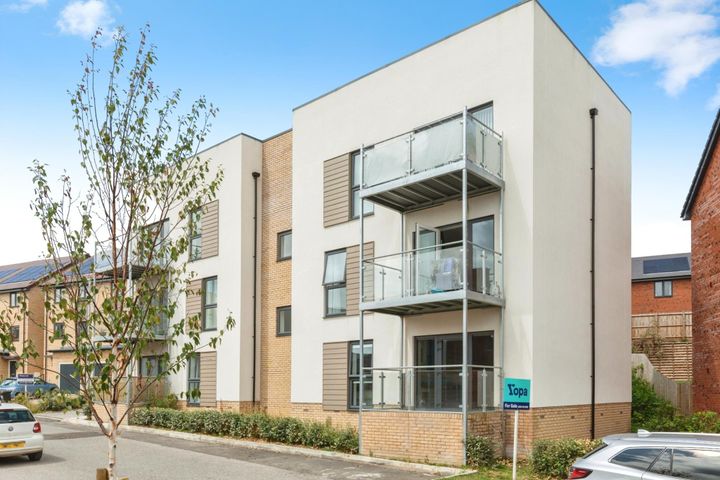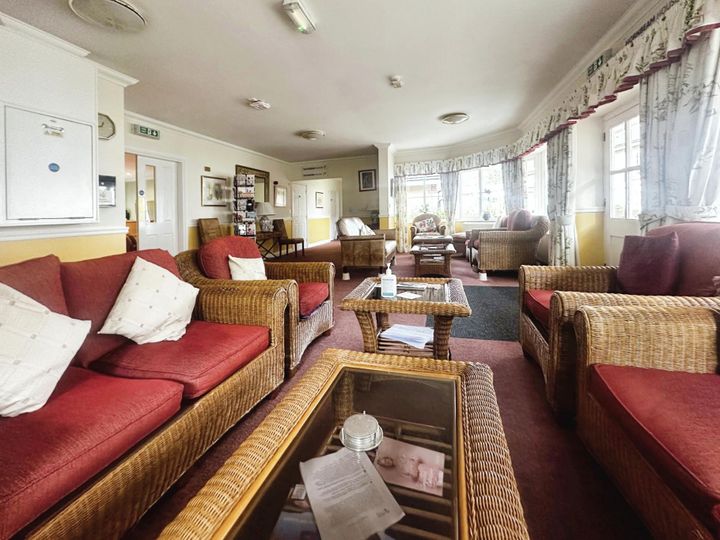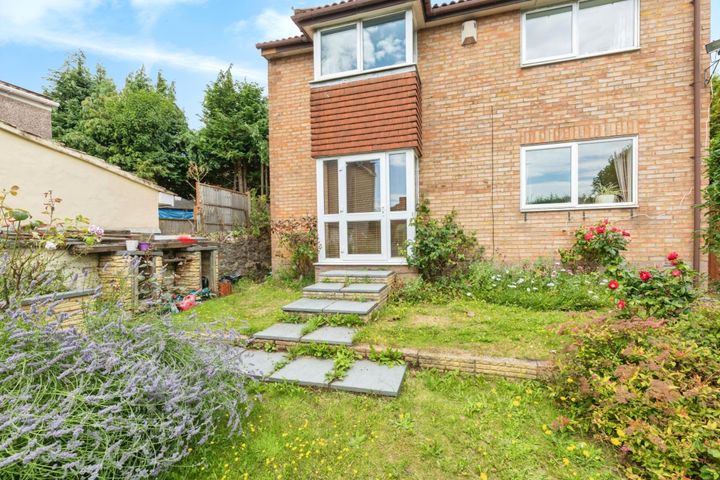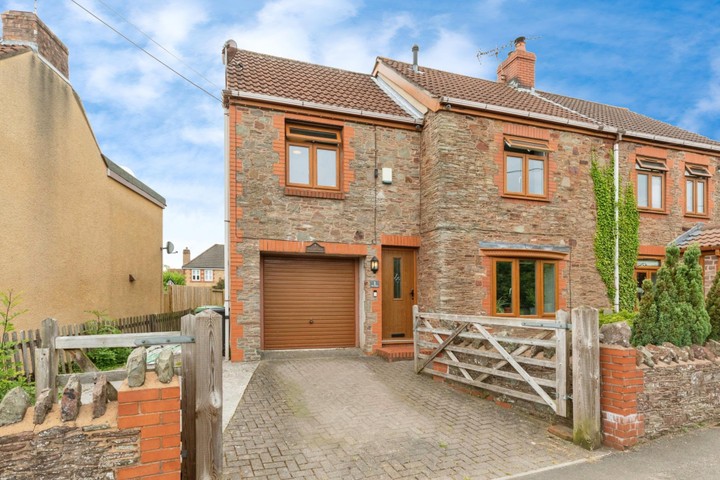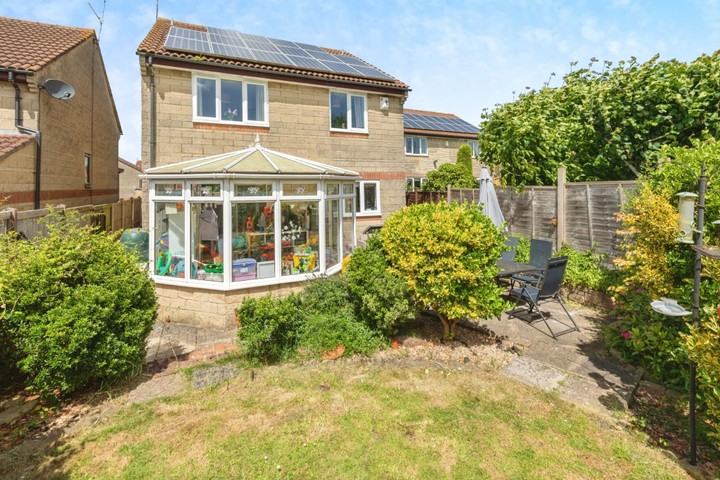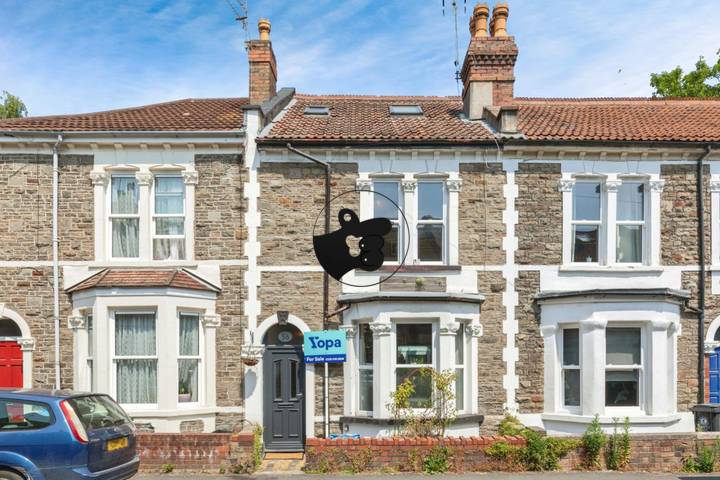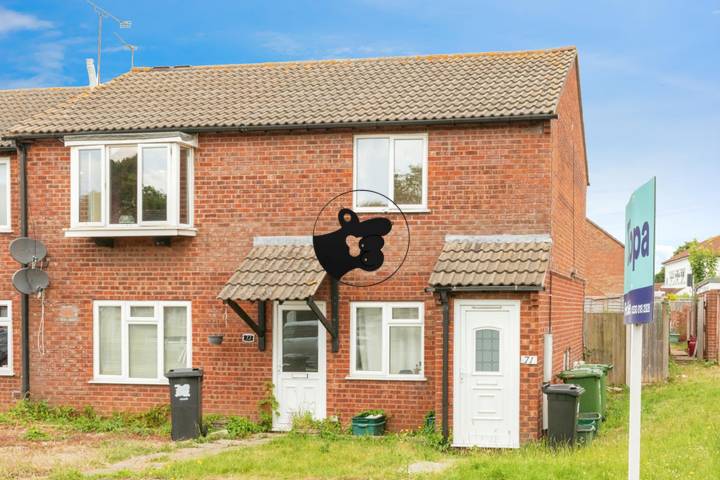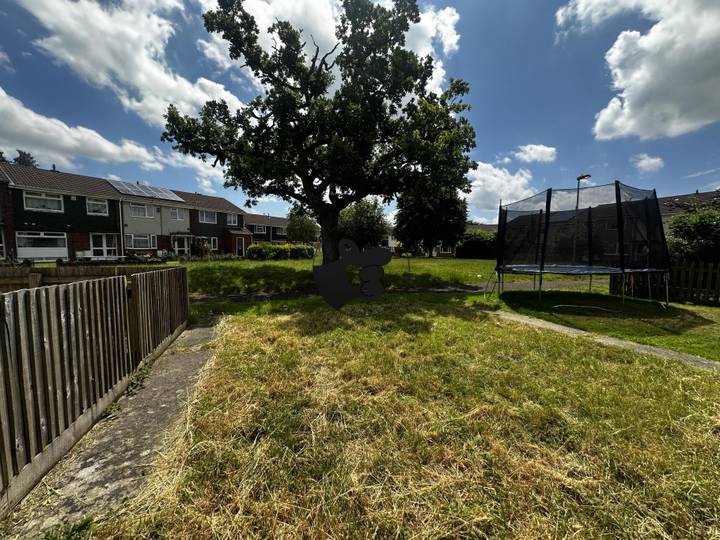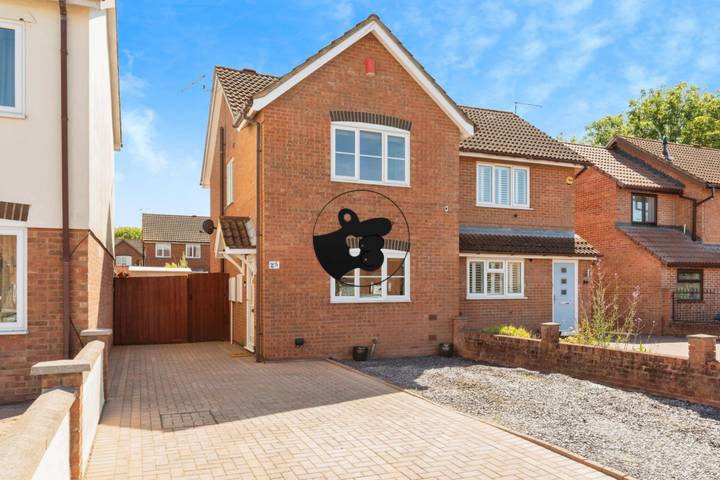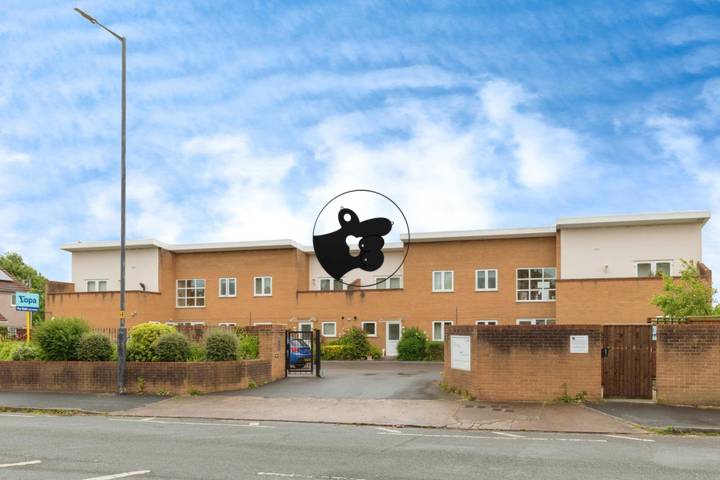As of 2023, the average price of a home in Bristol sits around £300,000, though this figure can vary widely depending on the neighborhood. For instance, areas like Clifton and Redland are known for their Victorian and Georgian architecture, with average prices exceeding £500,000, while more affordable options can be found in places like Southmead and Hartcliffe, where homes may average around £250,000. In recent years, the housing market in Bristol has seen considerable growth, driven by factors such as increased demand from young professionals and families, as well as investment in local amenities and infrastructure. Additionally, the broader economic climate and interest rates can influence home prices, making the Bristol market dynamic and subject to fluctuations.
Bristol
Location
Price Range
Any price
Price Range
Minimum
No min
Maximum
No max
Property type
Show all
Property type
Show all
House
Apartment
Building
Other
Bedrooms
Any beds
Bedrooms
Minimum
No min
Maximum
No max
Surface Range
Any surface
Surface Range
Minimum
No min
Maximum
No max
Sale type
For sale
Sale type
Show all
To rent
For sale
Location
Apartments and houses for sale in Bristol
39 results
Recent
Bristol insights
| Aspect | Summary |
|---|---|
| Population | 463,400 |
| Average Property Price | £294,000 |
| Rental Yield | 4.5% |
| Average Rent | £1,250 |
| Occupancy Rate | 95% |
| Capital Growth Rate | 5% per annum |
| Property Tax | 1.1% of property value |
| Transaction Costs | 3% to 5% of property price |
| Expected ROI | 8% to 10% |
| Economic Growth Impact | Strong, driven by tech and creative sectors |
Bristol FAQ
What is the average price of a home in Bristol?
What factors influence real estate prices in Bristol?
Several factors contribute to real estate prices in Bristol, influencing both residential and commercial properties. Location is a primary driver; neighborhoods like Clifton and Redland command premium prices due to their desirable amenities and proximity to the city center. Transportation links also play a significant role; areas with easy access to the M32 motorway or Bristol Temple Meads railway station tend to have higher demand. Economic factors, such as average income levels and employment rates, affect affordability and buyer interest. The local housing supply is another critical element; persistent shortages in housing stock, particularly in popular areas, put upward pressure on prices. Additionally, developments and urban renewal projects, such as those in the Harbourside, can reshape market dynamics and lead to price increases in previously undervalued districts. Lastly, the impact of school ratings cannot be overlooked, as families often seek homes near high-quality educational institutions, further influencing demand and property values.
How have real estate prices in Bristol changed over the past year?
Over the past year, real estate prices in Bristol have experienced notable fluctuations, largely driven by changes in demand and supply dynamics. In 2022, the average house price in Bristol was around £300,000, but recent data from 2023 indicates an increase to approximately £320,000, reflecting a rise of about 6.7%. Specific areas, such as Redland and Clifton, have seen even steeper increases, with prices surging by up to 10% as buyers are drawn to the attractive amenities and schooling options available. Conversely, some neighborhoods, like Southmead, have struggled to keep pace, witnessing more modest growth rates of around 3-4%. The rental market has also felt the impact, with average rents in Bristol climbing by 8% over the same period, pushing some tenants to seek accommodation in surrounding towns. Overall, Bristol's real estate landscape is marked by varying trends across different areas, illustrating a complex market environment.
Are real estate prices in Bristol higher than in neighboring cities?
Real estate prices in Bristol tend to be higher than in several neighboring cities, primarily due to its status as a cultural and economic hub. For instance, the average house price in Bristol is around £310,000, while in nearby locations like Bath and Weston-super-Mare, prices often peak lower, with Bath averaging about £280,000 and Weston-super-Mare around £250,000. The high demand for housing in Bristol, driven by its diverse job market and vibrant lifestyle, has resulted in significant price increases over the past few years. In addition, areas like South Gloucestershire have comparatively lower property prices, with averages closer to £270,000. Key neighborhoods in Bristol, such as Clifton and Redland, frequently see properties listed at premium rates, often exceeding £400,000 for family homes. This stark contrast reflects the competitive nature of the Bristol housing market relative to its neighboring regions.
What types of properties tend to be the most expensive in Bristol?
In Bristol, properties in affluent neighborhoods like Clifton and Redland are generally the most expensive, reflecting the area's historical significance and attractive Victorian and Georgian architecture. Clifton, known for its iconic suspension bridge and picturesque views, features large terraced houses and elegant mansions that can command prices well above the average. Similarly, Redland is sought after for its spacious Victorian homes, tree-lined streets, and proximity to good schools, making it popular among families. Waterfront properties along the Harbourside and in Hotwells also fetch premium prices, thanks to stunning views and a vibrant atmosphere. Furthermore, new luxury developments, such as those in the city center and around Temple Meads, have been attracting buyers looking for modern amenities coupled with urban living.
Is it a good time to buy real estate in Bristol right now?
Current market conditions in Bristol indicate a mixed landscape for real estate investment. Average property prices have shown a steady increase, with the latest figures suggesting an approximate rise of 5% year-on-year, driven in part by the city's desirability due to its strong job market and vibrant cultural scene. However, rising interest rates could impact mortgage affordability, making it more challenging for first-time buyers. The rental market remains robust, with demand outpacing supply, particularly in popular neighborhoods like Clifton and Bedminster. Yet, prospective buyers must consider the impact of economic uncertainty, especially given ongoing discussions around inflation and its effect on household budgets. Local developments, such as the expansion of the metropolitan area and improvements in transportation infrastructure, could also influence future property values.
How do school districts affect real estate prices in Bristol?
School districts play a significant role in shaping real estate prices in Bristol, as families often prioritize access to quality education when choosing where to live. For instance, neighborhoods served by highly-rated schools like Bristol Central High School or the highly regarded Edgewood School tend to see higher property values due to increased demand from prospective homebuyers. In contrast, areas with lower-performing schools may experience stagnation or decline in home prices, as families with children look to move into districts with better educational resources. The presence of specialized programs or extracurricular activities in these schools can further enhance the appeal of a district, driving up home prices even more. Additionally, real estate listings within desirable school districts often highlight school ratings and rankings as a selling point, reflecting the direct correlation between educational quality and property values in the Bristol area. These dynamics can lead to a competitive housing market, where homes in preferred districts sell faster and at premium prices compared to those in less favored areas.


